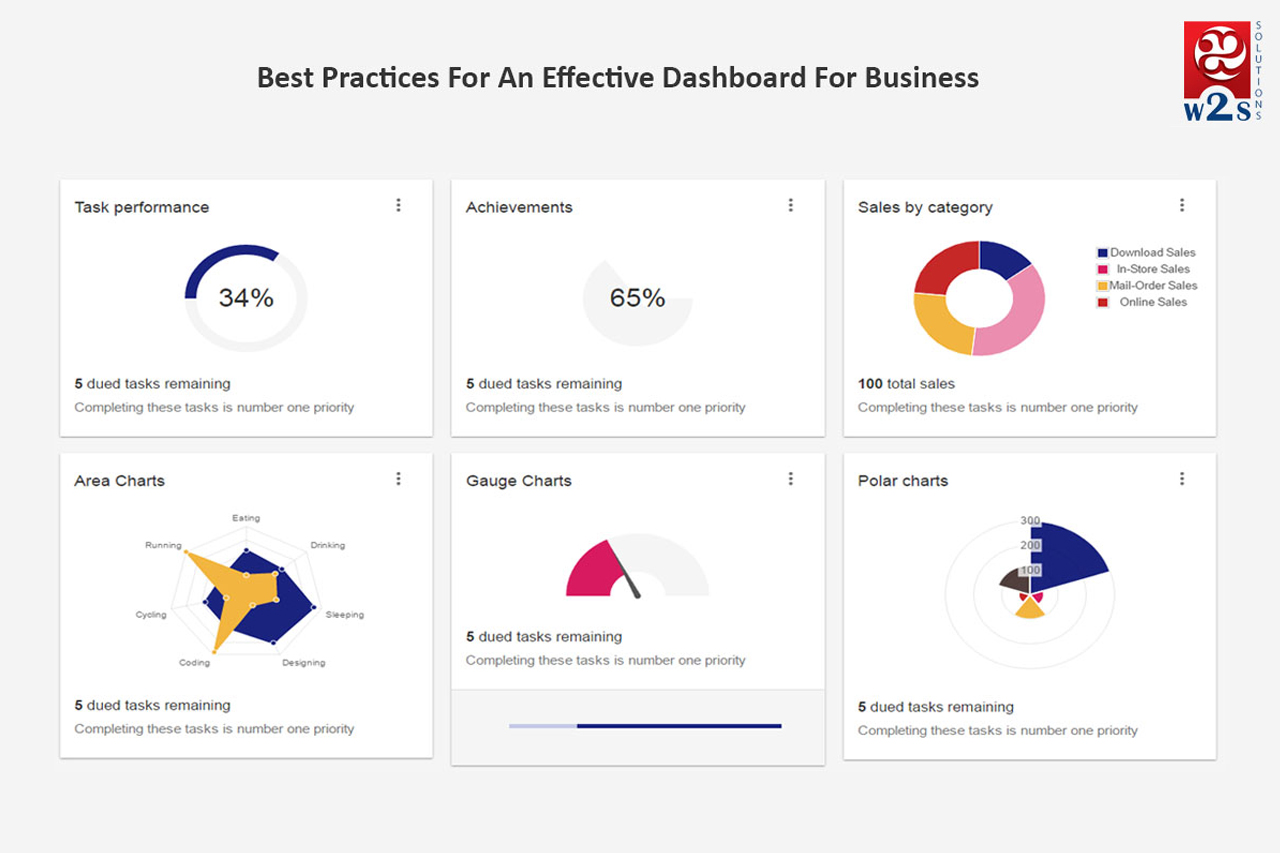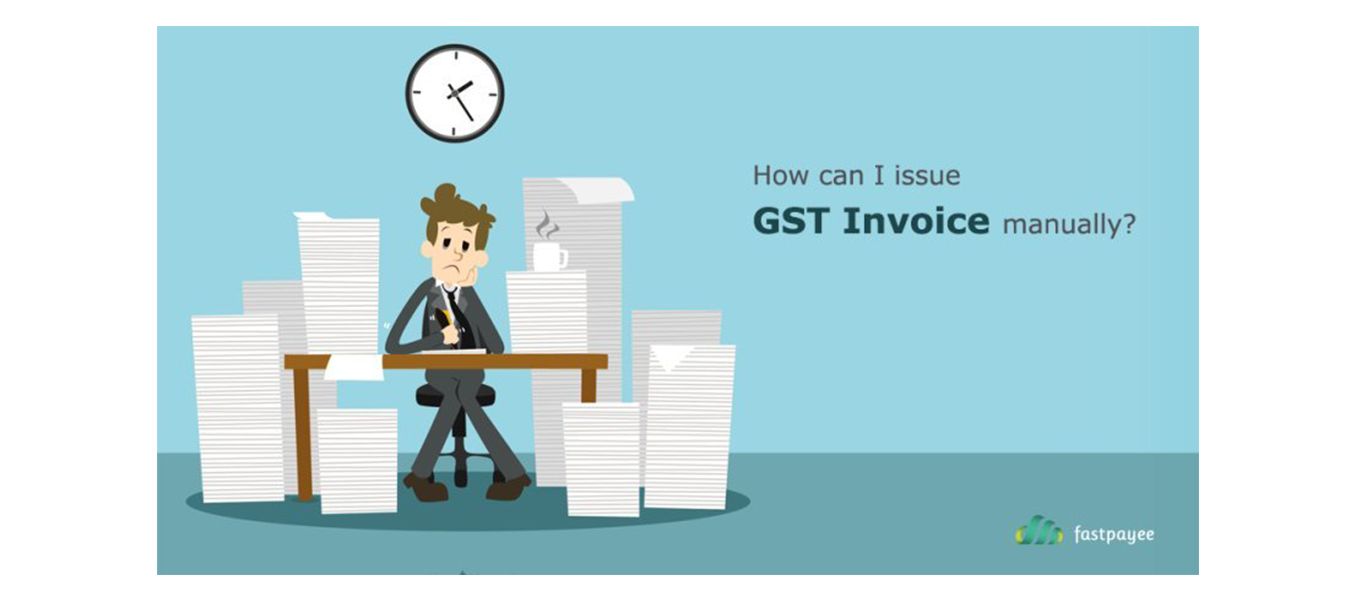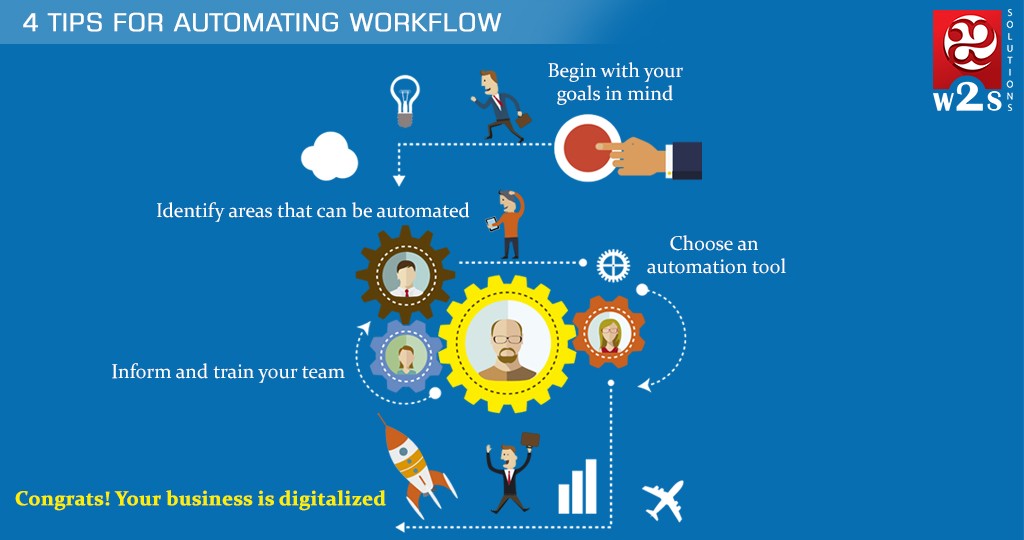Most organizations today are seeking new technologies to enhance operational capacity and reduce costs of operations. One of the main challenges facing any type of organization in the modern setup is enhancing efficiency in an environment of increasing operational costs. One way of enhancing productivity in any organizational setup is by leveraging the data generated and using it in decision making.
The Role of a Dashboard/MIS
A dashboard for business or an MIS (Management Info System) plays a similar role to that of a heart in the body. This system ensures data collated from different parts of your organization are processed and then presented in a manner that will help make the right decisions.

By integrating a dashboard in your organization, you will ensure all teams have the necessary information when they need it. For instance, a supply manager knows the inventory in the warehouse through the warehouse management system (WMS). At the same time, the market department has information from the system showing which products are flying off the shelves and which ones require a new marketing strategy.
Whether you are in the healthcare or automotive industry, you have to set in place systems that will help you optimize the information you have in the organization. An effective Management Info System helps in strategic planning, operational and management control, scheduling control, goal setting, organization communication, decision making and risk management among other areas. Today, dashboards are the de facto face of business management applications and they are integral in business intelligence (BI).
Dashboard/MIS Implementation Challenges
While dashboards and information management systems have become ubiquitous in modern business, there are still challenges which most companies face in the implementation of the systems. In some cases, dashboards are created on-the-fly and with time they become loaded with meaningless information.

For every dashboard that is an integral tool in a business, there are thousands which are just pretty interfaces full of graphics which will not help business teams. The early days of dashboard integration into business involved fusing pretty graphics with the right information displays. While this might sound like an ideal solution, there is still more that needs to be done.
Modern web MIS and dashboard design now blends usability, utility and aesthetics to provide a system that adds value to an organization. In order to achieve this, it is important to observe the best practices for an effective dashboard. Below are some of the guidelines that will help you achieve this:
- Design A Purpose-Filled Dashboard
If you don’t know the application, business case behind the app, there is no way you are going to build a helpful dashboard or MIS platform. Your design must start with these questions;
- who is your audience?
- What is the value of the dashboard to the target audience?
- What type of dashboard is best suited for this audience?
In essence, you have to know the role of the users in the organization, their workflow, skill range, business data expertise, and customization needs.
- Involve the Users
Truth be told, most people are resistant to change and one way of encouraging your staff to embrace a new dashboard or MIS is by involving them in the design. In fact, it is recommended that every stakeholder in your business, from the supplier, vendor and driver, to the inventory manager and accountant, should have a say in the design of your dashboard. This creates a sense of ownership and they will not revert to their beloved spreadsheets after you have launched the system.
- Use Iterative Design
If you want a dashboard that will be acceptable to the users, make sure it is developed using an interactive design. One of the main concerns faced by dashboard designers is the fact that clients always return after the project is complete claiming the dashboard doesn’t fit their specifications.
It is important to request the designer to follow iterative design where a cyclic process of prototyping, testing, analyzing, refining, feedback and finally the end product is used. The idea is to ensure users love the dashboard you provide.
- Focus on Form and Content
What you are going to include in a dashboard should be a key factor which even surpasses the look. The format is important but the content matters even more. In terms of form, consider the structure, design principles, and functionality. Factors that may influence the dashboard form and content include timelines, aesthetic value, mobility, collaboration, data details and density.
As a rule of thumb, when designing a dashboard, make sure you add performance indicators, use basic designing principles, keep data fresh, include actionable information and don’t overload.
A dashboard presents crucial information for better management decisions. At W2S Solutions, we build complex web and mobile applications and build Dashboard that helps SME’s and Entrepreneurs to promote their business. To make the dashboard really useful, application has to be filled with quality datas and It’s high priority to finish the whole system before getting into managing the datas.











